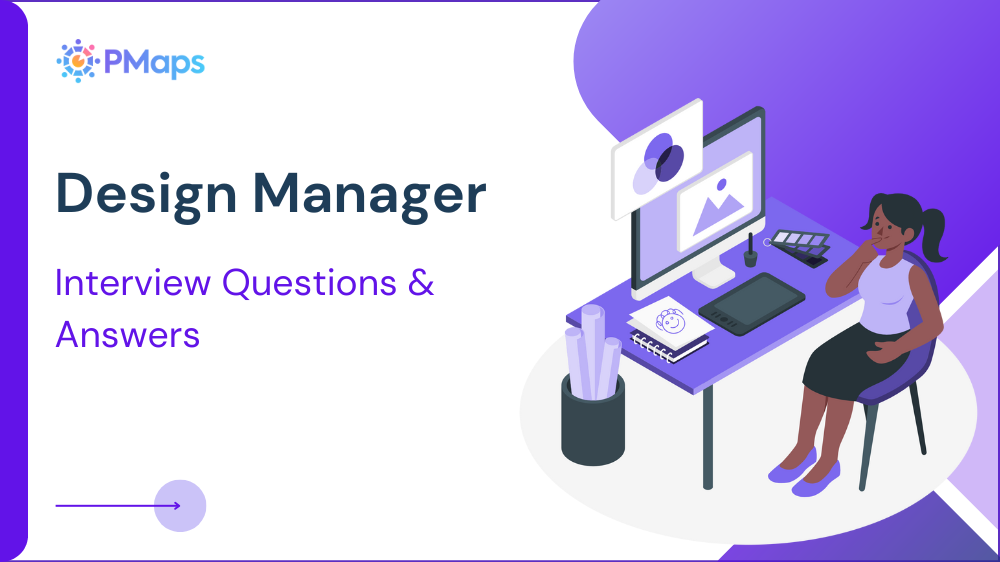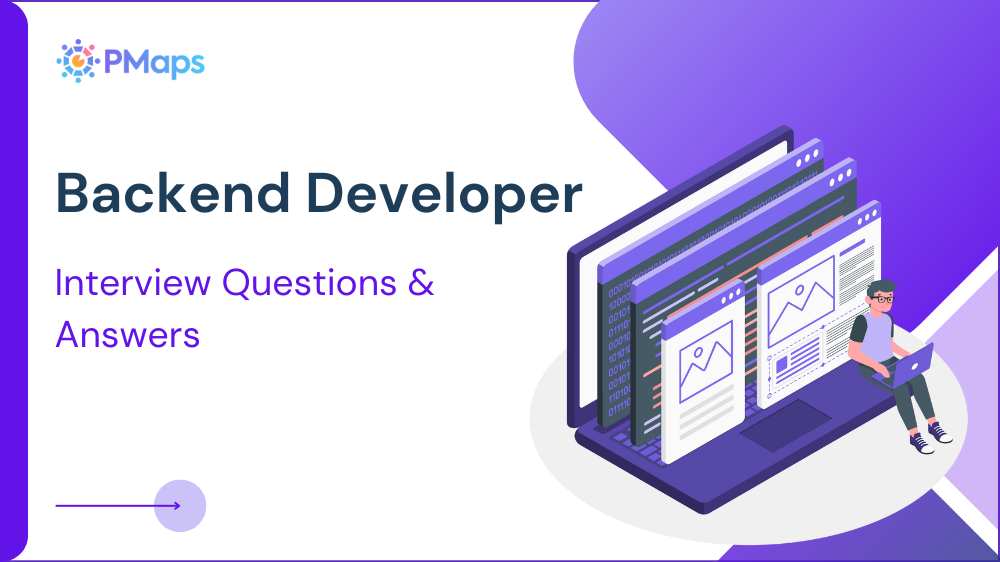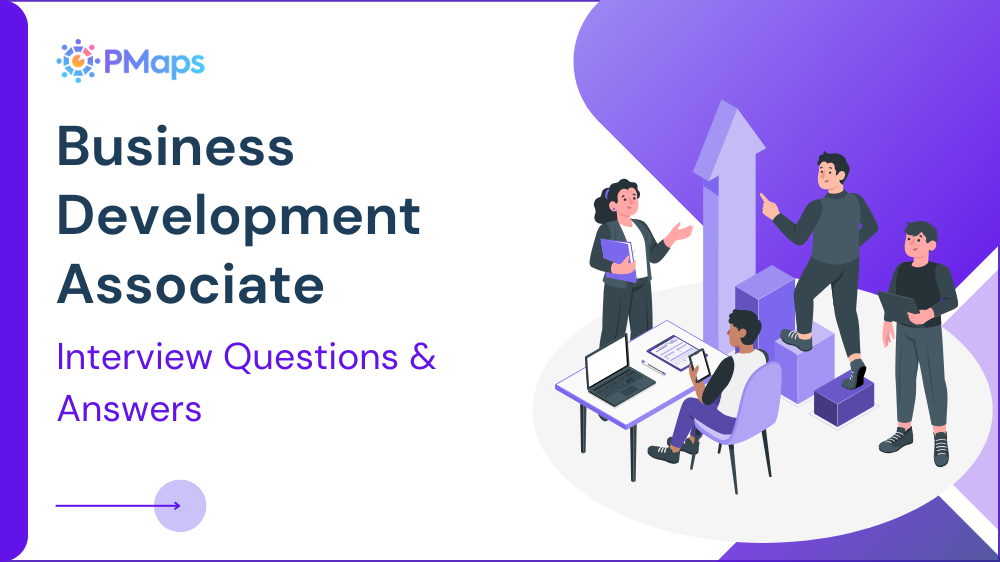
Graphic design interview questions are a vital tool for evaluating both creativity and technical expertise in design candidates. A strong graphic designer not only understands how to create appealing visuals but also how to align designs with brand identity, target audience psychology, and business goals. Employers must look beyond portfolios and test how candidates think, problem-solve, and adapt under real-world constraints.
This guide provides comprehensive interview questions for graphic designers across general, behavioral, situational, and technical categories. Each question includes what it assesses, what interviewers should listen for, and sample ideal answers helping hiring managers choose candidates who can deliver both artistry and strategic value.
Impressed by their ideas? Check practical creativity with the Graphic Design Assessment.

General Interview Questions for Graphic Designers
General interview questions for graphic designers help establish a candidate’s baseline skills, professional background, and design mindset. These questions allow employers to understand how candidates approach creative challenges, communicate ideas, and adapt their work to client expectations.
1. Can you walk me through your design portfolio?
- What it assesses:
Breadth of experience, creativity, and versatility across projects. - What to listen for:
Clear explanation of design decisions, business objectives behind the work, and range of tools used. - Sample ideal answer:
“My portfolio includes branding projects, digital campaigns, and UI assets. For each project, I outline the client’s brief, the design process, and how the final outcome impacted engagement or sales. For example, a rebranding I worked on increased customer recognition by 25%.”
2. How do you approach a new design project from scratch?
- What it assesses:
Problem-solving process, research ability, and structured creativity. - What to listen for:
Mention of discovery, brainstorming, mood boards, wireframes, or prototyping. - Sample ideal answer:
“I start with research into brand identity, target audience, and competitor visuals. Then I create mood boards to establish direction, sketch initial drafts, and refine based on feedback before finalizing designs aligned with business goals.”
3. Which design tools and software do you use most often?
- What it assesses:
Technical competency and comfort with industry-standard platforms. - What to listen for:
Knowledge of Adobe Creative Suite, Figma, Sketch, Canva, or 3D software. - Sample ideal answer:
“I work primarily with Adobe Photoshop, Illustrator, and InDesign for print and digital. For UI/UX projects, I rely on Figma and Sketch, and I use After Effects for simple motion design elements.”
4. How do you handle feedback or criticism on your designs?
- What it assesses:
Receptiveness, communication style, and professionalism. - What to listen for:
Balanced response that accepts feedback while maintaining creative integrity. - Sample ideal answer:
“I see feedback as an opportunity to refine my work. I ask clarifying questions to ensure I understand the concern, explain my design decisions if needed, and then adapt the work to align with business priorities.”
5. Can you describe a project where you had tight deadlines? How did you manage it?
- What it assesses:
Time management, prioritization, and ability to work under pressure. - What to listen for:
Reference to planning, communication, and structured work process. - Sample ideal answer:
“I once had to design an event campaign within three days. I broke the project into smaller milestones, created a strict timeline, and aligned early with stakeholders to avoid delays. The campaign launched on time and received strong engagement.”
Behavioral Interview Questions for Graphic Designers
Behavioral interview questions for graphic designers are crucial in assessing how candidates have responded to real-world challenges in the past. These questions provide insights into their problem-solving ability, teamwork, adaptability, and creativity under pressure—traits that often determine success beyond technical skills.
1. Tell me about a time when you worked on a project with multiple stakeholders who had conflicting design preferences.
- What it assesses:
Collaboration, communication, and conflict resolution. - What to listen for:
Ability to balance differing opinions while staying true to design objectives. - Sample ideal answer:
“During a rebranding project, the marketing and sales teams had different preferences. I facilitated a feedback session, identified common goals, and created a design that met both needs while keeping the brand’s identity consistent.”
2. Describe a project where you had to incorporate client feedback that you initially disagreed with. How did you handle it?
- What it assesses:
Professionalism, flexibility, and client service orientation. - What to listen for:
Constructive handling of feedback and ability to explain creative rationale. - Sample ideal answer:
“A client requested color changes that conflicted with brand guidelines. I explained my reasoning, but also created two variations one with my suggestion and one with theirs. After reviewing both, they chose the version aligned with guidelines.”
3. Can you share an example where you had to deliver a creative solution with limited resources?
- What it assesses:
Resourcefulness and adaptability under constraints. - What to listen for:
Practical use of tools, prioritization, and creative problem-solving. - Sample ideal answer:
“For a social media campaign with a minimal budget, I repurposed existing brand assets and used free design resources. The campaign still performed well and drove a 30% increase in engagement.”
4. Tell me about a time you missed a deadline. What happened, and how did you recover?
- What it assesses:
Accountability, resilience, and process improvement. - What to listen for:
Willingness to take responsibility and strategies to prevent repeat mistakes. - Sample ideal answer:
“I once underestimated the time needed for animation work and missed the deadline. I took responsibility, informed stakeholders immediately, and worked extra hours to deliver within 24 hours. I later built in buffer time for complex projects.”
5. Describe a situation where you collaborated with non-design team members. How did you ensure smooth communication?
- What it assesses:
Cross-functional collaboration and communication clarity. - What to listen for:
Ability to simplify design language for non-design professionals. - Sample ideal answer:
“While creating UI mockups, I collaborated with developers who were not familiar with design terms. I used annotated visuals, explained design concepts in simple terms, and aligned with them regularly to ensure accurate implementation.”
Situational Interview Questions for Graphic Designers
Situational graphic design interview questions and answers help uncover how candidates think on their feet when faced with challenging scenarios. These questions explore decision-making, adaptability, and client management in situations where no standard process exists.
1. What would you do if a client rejected your final design right before the launch date?
- What it assesses:
Client management, stress tolerance, and quick problem-solving. - What to listen for:
Professional composure, communication strategy, and ability to manage timelines under pressure. - Sample ideal answer:
“I’d stay calm and ask the client for specific feedback to identify their concerns. I’d present quick adjustments or fallback options while communicating realistic timelines, ensuring the launch can proceed with minimal disruption.”
2. How would you handle a situation where your design clashes with the brand’s existing style guidelines?
- What it assesses:
Attention to brand consistency and design adaptability. - What to listen for:
Awareness of guidelines, willingness to revise, and creative compromise. - Sample ideal answer:
“I’d immediately review the brand guidelines to confirm misalignment. Then I’d adapt the design while maintaining core creativity. If needed, I’d propose a phased update to the brand identity, but only with leadership approval.”
3. Imagine you are assigned a design project but receive very vague instructions. How would you proceed?
- What it assesses:
Initiative, research, and communication with stakeholders. - What to listen for:
Candidate’s approach to clarifying requirements without wasting time. - Sample ideal answer:
“I’d ask clarifying questions, request examples of preferred styles, and analyze competitors for context. I’d then create an initial draft or mood board to align direction early with stakeholders.”
4. How would you prioritize your workload if multiple urgent projects land on your desk simultaneously?
- What it assesses:
Time management, prioritization, and ability to deliver under pressure. - What to listen for:
Strategic reasoning, use of task management tools, and communication with managers. - Sample ideal answer:
“I’d rank tasks based on deadlines, project impact, and stakeholder urgency. I’d also communicate openly with managers about realistic timelines, ensuring I can deliver quality without burning out.”
Technical or Role-Specific Interview Questions for Graphic Designers
Common interview questions for graphic designers often focus on technical expertise, software proficiency, and design principles. These questions ensure candidates can deliver not only visually appealing work but also functional and brand-consistent outputs across multiple platforms.
1. Which design principles do you consider essential when creating a new visual?
- What it assesses:
Knowledge of design fundamentals like balance, contrast, hierarchy, and alignment. - What to listen for:
Clear articulation of core principles and how they apply in practice. - Sample ideal answer:
“I focus on contrast for readability, alignment for consistency, and hierarchy to guide the viewer’s eye. Together, these principles ensure designs are both appealing and functional.”
2. Can you explain your process for preparing files for print versus digital use?
- What it assesses:
Technical expertise in preparing assets across different media. - What to listen for:
Understanding of CMYK vs. RGB, DPI requirements, and export formats. - Sample ideal answer:
“For print, I design in CMYK with 300 DPI and bleed margins. For digital, I use RGB with optimized file sizes for web or mobile. This ensures accurate colors and faster load times.”
3. Which tools and software do you rely on for daily design tasks?
- What it assesses:
Tool familiarity and technical adaptability. - What to listen for:
Proficiency with Adobe Creative Suite, Figma, Sketch, or Canva. - Sample ideal answer:
“I mainly use Photoshop, Illustrator, and InDesign for design work. For UI/UX projects, I rely on Figma, and I occasionally use After Effects for motion graphics.”
4. How do you ensure your designs remain consistent with brand identity?
- What it assesses:
Branding knowledge and adherence to style guides. - What to listen for:
Use of brand kits, typography, and alignment with guidelines. - Sample ideal answer:
“I always review the brand guidelines before starting. I use consistent fonts, color palettes, and tone across projects. When guidelines are missing, I propose creating a reusable style guide for future consistency.”
5. Can you describe your experience with UI/UX design and how it influences your work?
- What it assesses:
Understanding of user-centered design and digital interfaces. - What to listen for:
Awareness of usability, accessibility, and responsive design. - Sample ideal answer:
“I design with user flow in mind, using wireframes and prototypes to test functionality. My work balances aesthetics with usability, ensuring every element enhances user interaction and accessibility.”
Want to validate creative deliverables? Take a look at the Graphic Designer Job Description again.
Pro Tips for Interviewing a Graphic Designer
A graphic designer interview is more than a test of artistic ability—it’s an evaluation of how well creativity meets business objectives. While portfolios demonstrate past work, interviews reveal how candidates think, communicate, and adapt under constraints. Here are key tips to guide your process:
Evaluate thinking, not just visuals.
Ask candidates to explain the reasoning behind their portfolio pieces. Great designers connect every visual choice to business goals and user needs.
Test adaptability through live exercises.
Consider giving a short case prompt or a graphic design test for interview settings. This helps you evaluate how candidates approach problem-solving under time constraints.
Look for communication clarity.
Designers often work with marketing, product, and leadership teams. Strong candidates can simplify creative jargon and justify design choices in clear, business-friendly language.
Check collaboration instincts.
Probe how they’ve worked with non-design stakeholders, handled conflicting feedback, or aligned with brand managers. Collaboration is just as critical as technical skill.
Balance creativity with consistency.
Ensure candidates respect brand guidelines while still pushing creative boundaries. A designer who disregards consistency can damage brand trust.
Conclusion
Graphic design interview questions and answers provide hiring managers with a structured way to assess both creativity and business alignment. The right interview framework highlights how well candidates balance originality, technical precision, and adherence to brand identity. By combining general, behavioral, situational, and role-specific questions, recruiters can go beyond portfolios to identify designers who deliver strategic value.
For a complete overview of expectations and core responsibilities, review our Graphic Designer job description before starting your hiring process. To scientifically evaluate design skills at scale, reach out to us at 8591320212 or assessment@pmaps.in.





.png)



